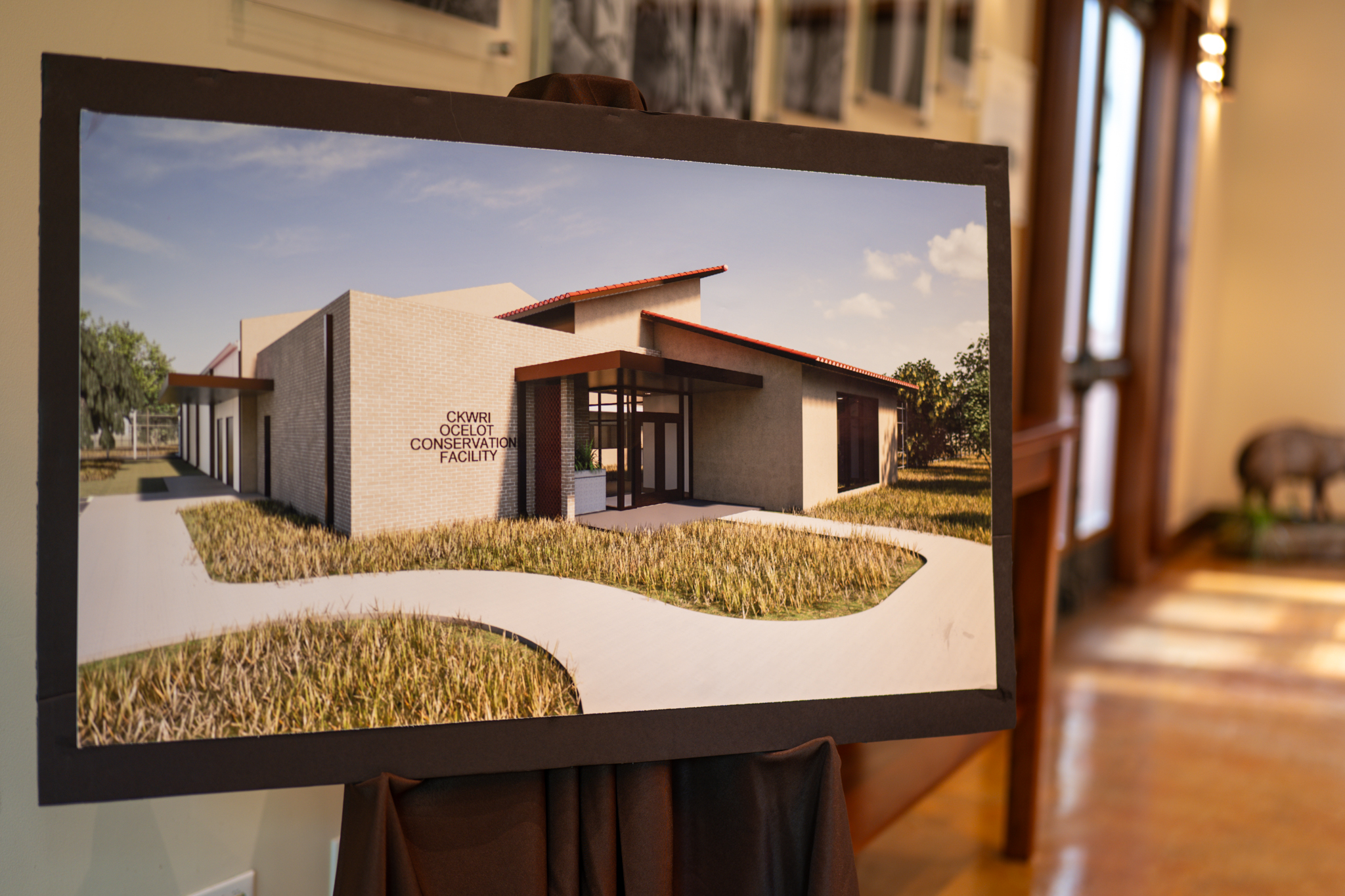New facility for ocelot preservation
South Texas has always been keen on the wildlife that call this area home. Across family farms and ranches all the way to the horizon, each one has its own mini ecosystem that may have coyotes, rattlesnakes, armadillos, quail, rabbits, and so much more. Another species that has shared the land with other animals is the ocelot. Ocelots have roamed South Texas for thousands of years but are now an endangered species.
The regional director of the southwest region for the United States Fish and Wildlife Services Amy Lueders touched up on the history of where the ocelot species used to roam and how many are left in the wild.
“Because of its range, the ocelot faces threats and used to live across Texas and many southern states but now exist in a small part of that range with less than 100 in South Texas remaining,” Lueders said.
To combat the decline in the population, Texas A&M University-Kingsville (TAMUK) and the Caesar Kleberg Wildlife Research Institute (CKWRI) broke ground on a new facility that will aid in the efforts to rebuild the ocelot population in the area. “CKWRI researchers ensure that commitment extends to the conservation and preservation of our native species,” President Robert Vela said.
For TAMUK and CKWRI, this is a tremendous milestone that will not only bring about more opportunities for students to study wildlife but to help these animals as well. “This is one step that will be a big one in over 40 years of ocelot conservation in the United States,” Executive Director of Wildlife Research Dr. David Hewitt said.
The importance of the work that will be done is not to be underestimated.
“This facility will serve a couple of critical needs first with a laboratory to refine the reproductive techniques needed to produce ocelot kittens and will also enable us to learn more on ocelot behavior and physiology. Secondly, this facility will enable us to produce the kittens needed to establish a new population and prepare these kittens for life in the wild,” Hewitt added. The facility, which will be open and operating by January 2026, will allow students of TAMUK to conduct research on this beautiful species and help ensure their survival and will bring back the ocelot from the verge of extinction. Research and development on procedures to help the reproductive rate of ocelots are currently underway and will be used to bring about a new era of ocelots in South Texas.
